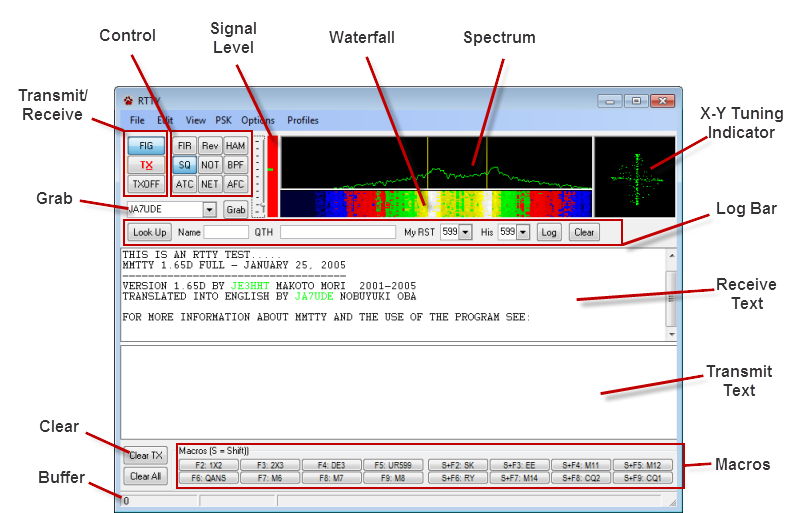

Note: Phone and Image modes are permitted between 7.075 and 7.100 MHz for FCC licensed stations in ITU Regions 1 and 3 and by FCC licensed stations in ITU Region 2 West of.

Amateur Extra class: 7.000-7.125 MHz : CW, RTTY/Data. It has convenient interface, a good set of tools, and is fast and very easy to use. Advanced class: 7.025-7.125 MHz : CW, RTTY/Data.
AALog v.3.0 AALog 3.0 is a feature-rich and comprehensive logger program which is used by amateur radio station operators. gMFSK can send and receive many digital conversational modes typically used by radio amateurs on HF, including MFSK, RTTY, PSK31, and Hellschreiber. GMFSK digital multimode terminal for HF v.1.0 gMFSK is a multimode HF terminal program. Based on hfkernel by Tom Sailer, with graphic interface (gtk+), spectrum display, logbook, textmacros, English and German. Hf - linux ham pactor soundcard program v.1.0 hfterm - linux ham radio soundcard digimode program, can monitor and transmit PACTOR I (unique !), also AMTOR, GTOR, RTTY. It can help calibrate a sound card to a time signal and do frequency measurement. Switch the LoRa chip into a mode where it just generates a carrier, and use the RTTY bit stream to set the frequency to one of 2 values every 20ms. The lower RF frequency is known as the SPACE frequency and the upper RF frequency is known as the MARK. There is no amplitude modulation, only a pure carrier similar to CW with the addition of a frequency shift. Fldigi v.3.12.4 Fldigi is a modem program for most of the digital modes used by radio amateurs today: CW, PSK, MFSK, RTTY, Hell, DominoEX, Olivia, and Throb are all supported. To transmit RTTY we need to be able to frequency modulate the carrier at a specific rate (e.g. A two-tone RTTY transmitter sends out a continuous carrier that shifts frequency back and forth between two distinct frequencies.






 0 kommentar(er)
0 kommentar(er)
